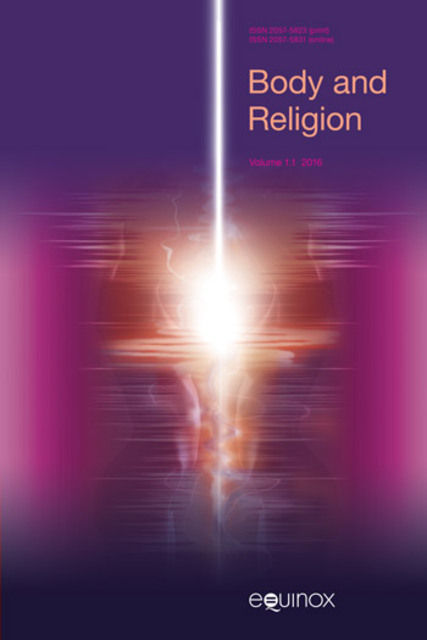The man-like woman and the menstruating man: gendered discourses of purity and piety in male-authored Sufi writings

Full description
There are a number of oblique references in Sufi literature to pious women whose austerities resulted in the loss of their menstrual cycle, as well as pious men who ascribed to themselves a type of metaphorical menstruation as a method of self-disparagement. This article analyzes such references in relation to dominant medieval Sufi discourses of purity and piety, in order to investigate the gendered rhetoric and presuppositions that underlie explicit and implicit allusions to menstruation in Sufi texts. In isolating and analyzing allusions to menstruation, four categories of reference emerge: depersonalization of menstrual blood, metaphorical male menstruation, masculinization of pious women, and reification of amenorrheic women. These narrative strategies, although applied inconsistently, all contribute to an overall deliberate effort by male authors to justify the inclusion of female bodies in male-dominated discursive spaces, while ultimately perpetuating hegemonic theologies of sacred masculinity. Through examining these inconsistent applications of gender in male-authored Sufi writings, this analysis identifies new avenues for revisiting medieval Islamicate notions of gendered identity in society in ways that dismantle ahistorical binary models of gender that have often skewed readings of Sufi and medieval Muslim sources.
- typeImage
- created on
- file formatjpeg
- file size27 KB
- container titleBody and Religion
- creatorSara Abdel-Latif
- issn2057-5831 (Online)
- issue6.1
- publisherEquinox Publishing Ltd.
- publisher placeSheffield, United Kingdom
- rightsEquinox Publishing Ltd.
- volume
- doi
We use cookies to analyze our traffic. Please decide if you are willing to accept cookies from our website. You can change this setting anytime in Privacy Settings.
